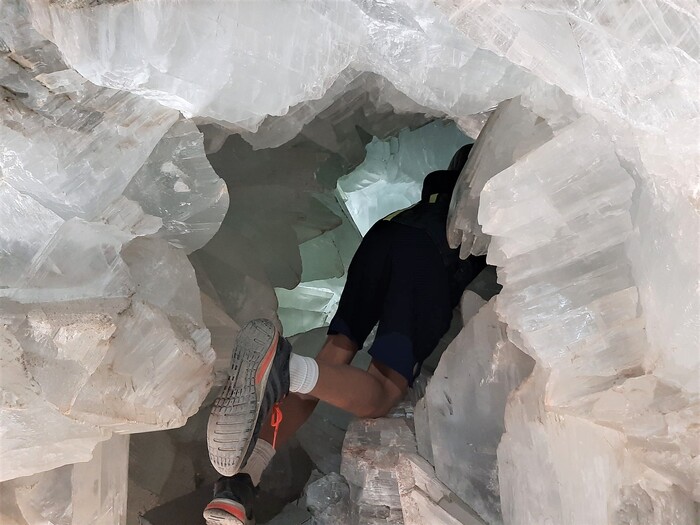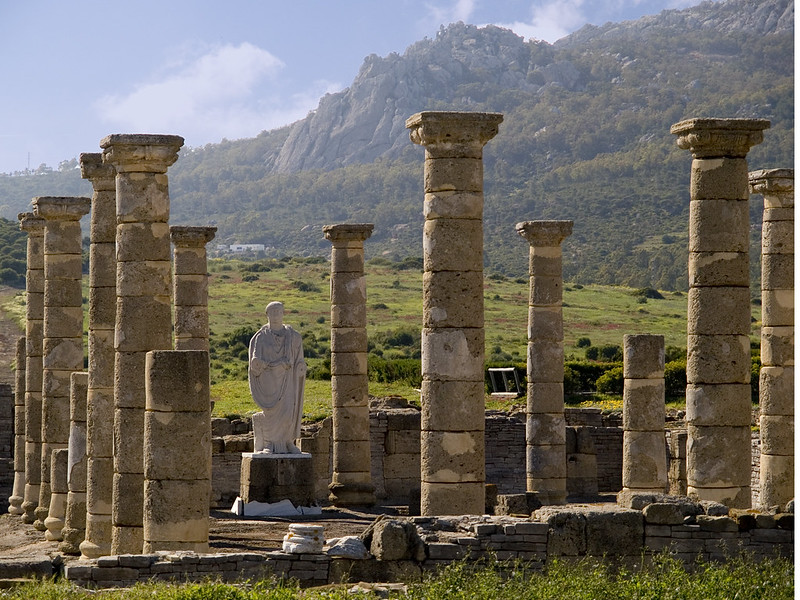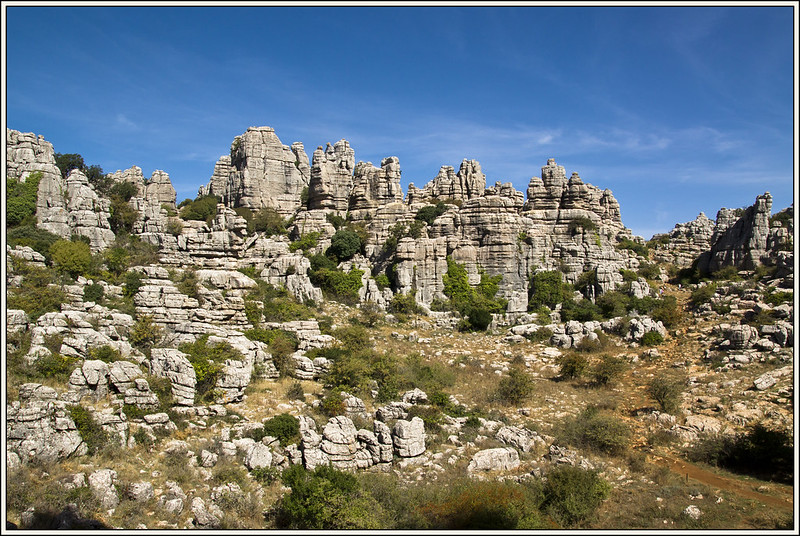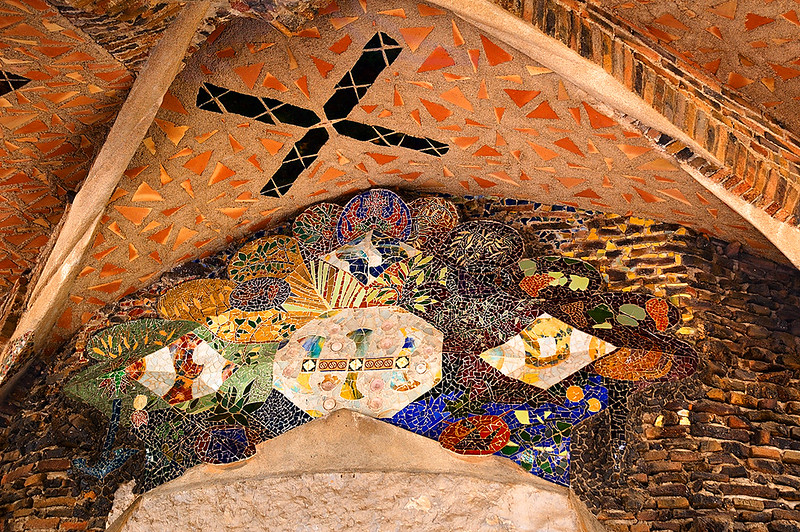Lonely Planet presents its guide with hundreds of gems a maximum of an hour’s drive from Spanish cities. The travel guide publisher proves that sometimes the best trips are close to home in Spain.
“The time for short trips and big adventures”. On Thursday, the travel section of the Spanish newspaper El País looked at 25 of the gems suggested by Lonely Planet magazine. In times of Covid, when travel restrictions limit movement, it becomes clear that every area in Spain has something to offer.
Below is a selection of the places chosen by Lonely Planet.
The underground world of the geode of Pulpí (75 minutes from Almería)

The largest geode (a crystal-covered cave) discovered in Europe is in Spain. Discovered in Pulpí in 1999, this geode is the largest geode accessible to humans. This place provides spectacular pictures.
Baelo Claudia near Tarifa (75 minutes from Cádiz)

On the coast on 3,800 meters of white sand, and protected by a huge dune, lies Baelo Claudia, the ruins of an ancient Roman city. The city was founded around 2000 years ago and was originally a fishing village. In Roman times, this city was part of the province of Hispania Baetica.
Agüimes (30 minutes from Las Palmas, Gran Canaria)
Walking through the old centre and the parks of Agüimes gives a nice impression of the typical Canarian architecture. A visit to the Church of San Sebastian should not be missed, as this is one of the finest examples of neoclassicism in the Canary Islands.
Archaeological jewels of El Torcal and nature reserve of Antequera (50 minutes by car or 25 minutes by train from Málaga)

You can enjoy endless and great hiking in one of the most beautiful nature reserves in Andalucia. The unique limestone formations and the rocks subjected to erosion in a special way give this place a surreal feeling. This area was declared a World Heritage Site by Unesco in 2016.
The Enchantment of Las Batuecas (1 hour drive from Salamanca)
The city of Salamanca is a must-visit on a trip to Spain. Just 70 kilometers below this beautiful Spanish city is the valley of Las Batuecas. It is a nature reserve and one of the best places to learn about the local flora and fauna. The Spanish writer Lope de Vega named the municipality of La Alberca, with a 16th-century monastery, “eternal place of happiness”. On the other side of the Batuecas River are fascinating Neolithic cave paintings.
Crypt of Colònia Güell (30 minutes by car or train from Barcelona)

In addition to the Sagrada Família, fans of the religious work by Gaudí can also admire his work outside the city: the Crypt of Colònia Güell. This is a workers’ colony in Santa Coloma de Cervelló. Textile magnate Eusebi Güell ordered the village built in the late 19th and early 20th centuries, and moved his factory here from the Sants district of Barcelona. Many consider the crypt Gaudi’s best-preserved treasure. A route through the village introduces you to modernism with the crypt as the highlight. The crypt has been on the Unesco World Heritage List since 2005.
Crossroads of cultures at Sagunto Castle (40 minutes by car and train from Valencia)
To the north of Valencia lies the town of Sagunto at the foot of the hill. Because of the historic castle and the Roman theatre, this place is proof that different cultures have lived here; the Romans, Visigoths, Arabs and Christians. Besides the castle, which is really worth a visit, Sagunto has a modern centre, a busy harbour and a lovely beach.
Music, stalactites and stalagmites in the Coves del Drach (1 hour drive from Palma de Mallorca)
The caves near Porto Cristo are famous beyond the Spanish borders. Perfectly lit, guides lead visitors on a walk among the caves’s stalagmites and stalactites. The tour concludes with an underground concert and you can sail on the inner lake of the caves.
Click here for the full article of El País and the fantastic photo report.


